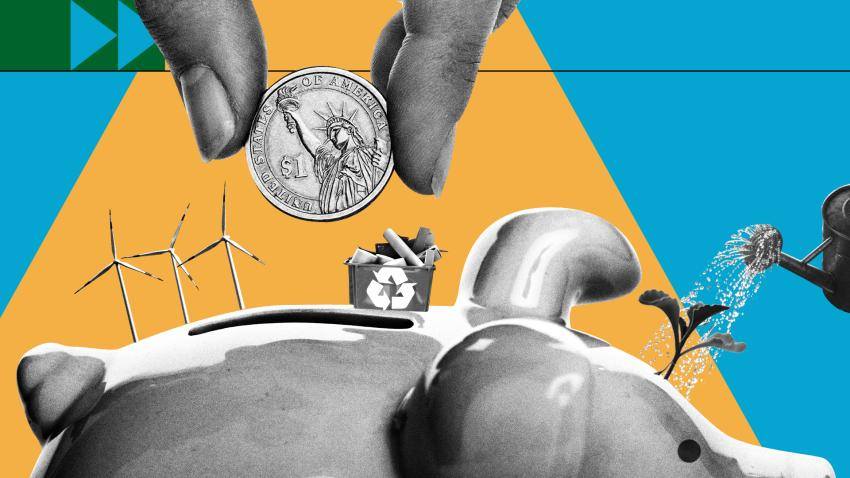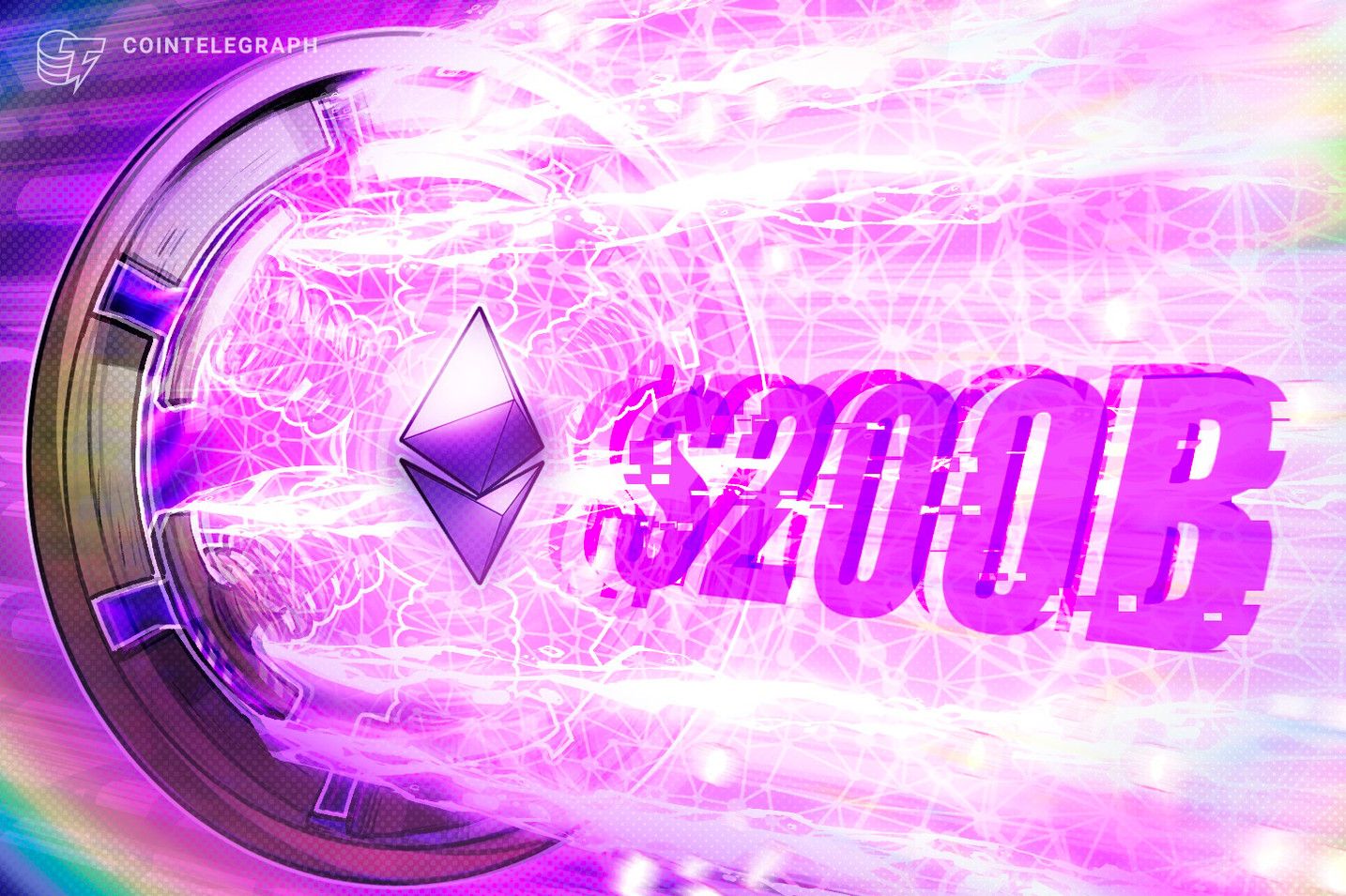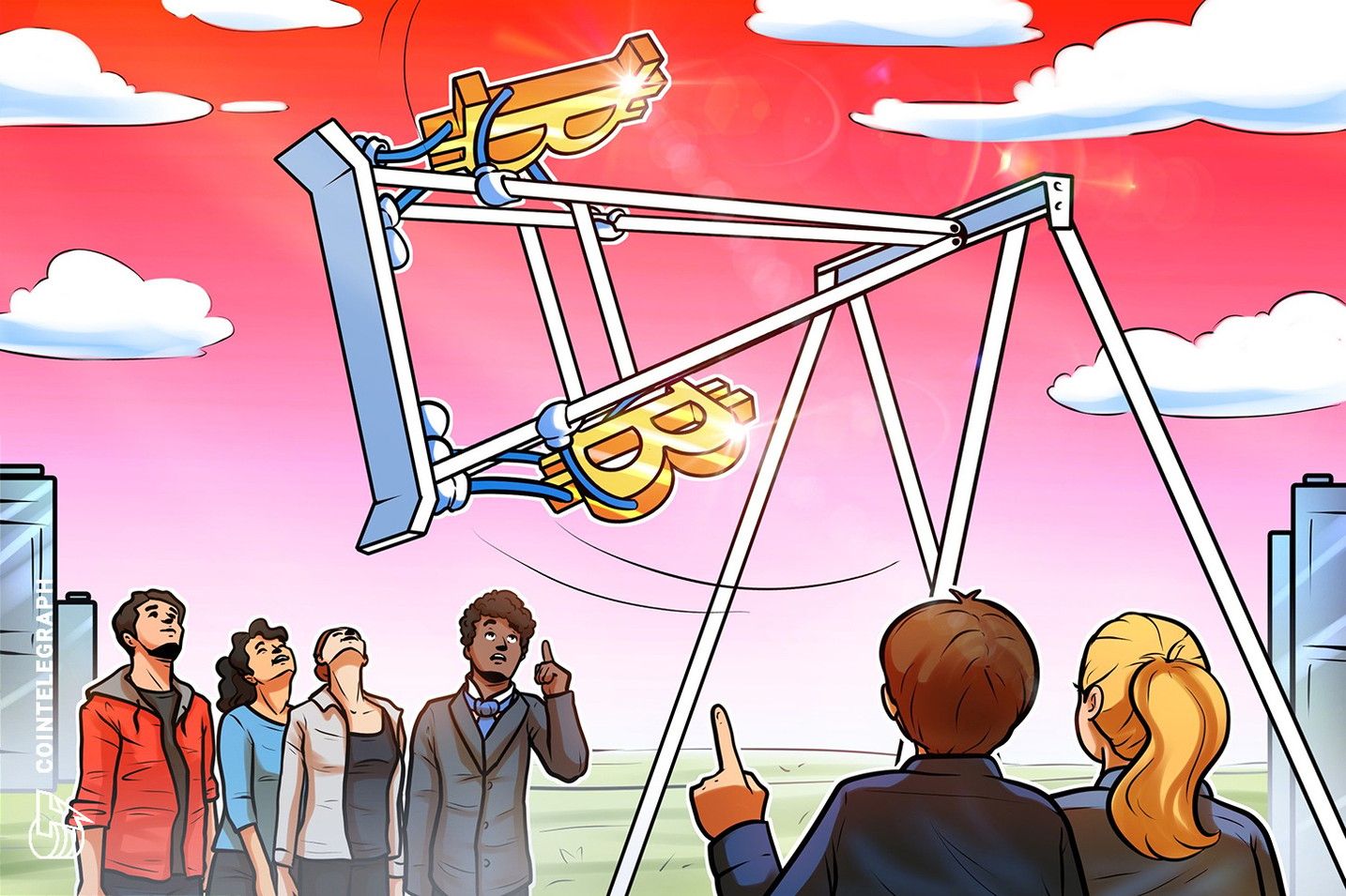[Long English Thread] Curve Journey Review: Building a DeFi Fortress with Liquidity, Incentives, and Community
Chainfeeds Guide:
Liquidity depth from StableSwap, incentive alignment from veTokenomics, and resilience from the community. This is Curve's "Trinity."
Source:
Author:
Karl Marx OnChain
Opinion:
Karl Marx OnChain: The starting point of Curve's story is not luck, but the crystallization of mathematics and engineering rationality. In 2019, Michael Egorov observed a fundamental problem in the early DeFi market: high slippage in stablecoin (such as DAI, USDC, USDT) trading and low returns for liquidity providers. He thus proposed the StableSwap model—a hybrid automated market maker (AMM) mechanism combining constant-sum and constant-product functions, maintaining near-zero slippage between stable assets. This breakthrough made Curve not just another DEX, but a new liquidity philosophy, pioneering a path to real yield. In early 2020, Curve Finance launched with a clear goal: to provide efficient liquidity and sustainable returns for stablecoins. In August of the same year, CurveDAO introduced the veCRV model (vote-escrowed token mechanism), integrating long-term incentives and governance—locking CRV tokens in exchange for veCRV, granting yield boosts and governance rights. This mechanism naturally eliminated short-term speculators, while long-term participants gained higher returns, sparking the famous Curve Wars: Convex, Yearn, StakeDAO, and others engaged in strategic battles over veCRV voting power. By the end of 2020, Curve's TVL surpassed $1 billion, becoming the liquidity cornerstone of DeFi and establishing a new paradigm of sustainable yield and governance-as-economy. In 2021, Curve demonstrated astonishing scalability: daily trading volume exceeded $1 billion, with annualized fees of $400 million, all distributed to veCRV holders. The Tricrypto pool (USDT/WBTC/WETH) launched, expanding Curve's AMM model from stablecoins to multi-asset scenarios, making it a truly diversified liquidity hub. The Curve community matured, with active governance voting, bribes, and strategic games, evolving governance into a long-term experiment interwoven with economics and game theory. In 2022, as the bear market hit and DeFi 2.0 projects collapsed one after another, Curve remained rock solid. Its StableSwap invariant and veCRV lock-up mechanism kept incentives aligned: LPs continued to earn stable trading fee income, and CRV selling pressure was controlled due to token lock-ups. At its peak, Curve's TVL exceeded $24 billion; even after the market cooled, it still maintained $5.7 billion in locked funds and began multi-chain deployments to Aurora, Arbitrum, and Optimism, setting the standard for cross-chain liquidity. In 2023, Curve suffered a Vyper compiler vulnerability attack, losing about $73 million. However, this crisis instead showcased unprecedented community cohesion—white hats, partners, and token holders coordinated to recover 73% of the funds, and during the crisis, the decentralized stablecoin crvUSD was launched, injecting new fee income and use cases into the ecosystem. Curve is not just a protocol, but an economic community forged in the fires of adversity. In 2024, Curve moves toward a complete DeFi ecosystem. LlamaLend launches, enabling permissionless lending based on ETH and WBTC collateral; crvUSD is upgraded to yield-bearing stablecoin scrvUSD, becoming a bridge between DeFi and traditional finance (TradFi). CRV's annual inflation drops to 6.35%, strengthening long-term value support; meanwhile, Curve partners with the BlackRock-backed BUIDL fund, bringing institutional capital into Curve pools via Ethena Labs, marking the deep integration of DeFi and TradFi. veCRV remains the anchor of the entire system—it connects individuals, DAOs, and even institutional participants, allowing all liquidity to revolve around the same economic flywheel. By 2025, Curve is no longer just a stablecoin AMM, but has become the global infrastructure for DeFi liquidity: quarterly trading volume of $34.6 billion, daily average trading of $115 million, annualized returns for veCRV holders reaching $19.4 million, crvUSD market cap hitting a new high of $178 million, and Curve ranking as the world's second-largest DEX. Its formula for success can be distilled into three points: StableSwap provides deep liquidity, veTokenomics aligns long-term incentives, and community resilience builds anti-cyclical capability. This trinity allows Curve to stand firm through every cycle—it was not created to chase bull markets, but to endure across cycles.
Disclaimer: The content of this article solely reflects the author's opinion and does not represent the platform in any capacity. This article is not intended to serve as a reference for making investment decisions.
You may also like
Capital formation in the cryptocurrency sector
Cryptocurrency financing has entered a stage where many assumptions are being questioned.

Ethereum’s $200B tokenized asset base backs analysts’ calls for higher ETH price

Bitcoin liquidity pattern signals ‘pivotal moment’ with $124K BTC target

Altcoins aren’t dead; long live altcoins

